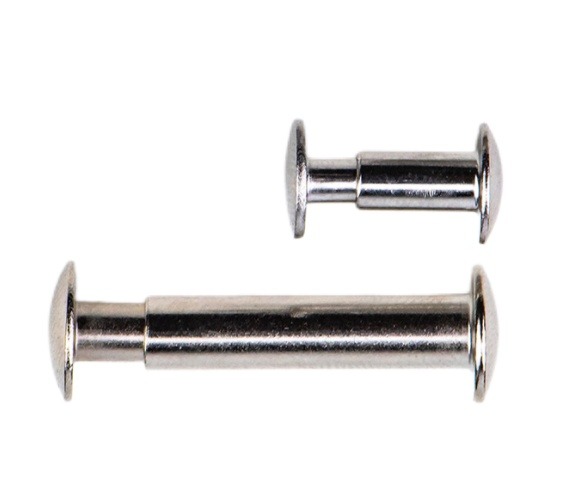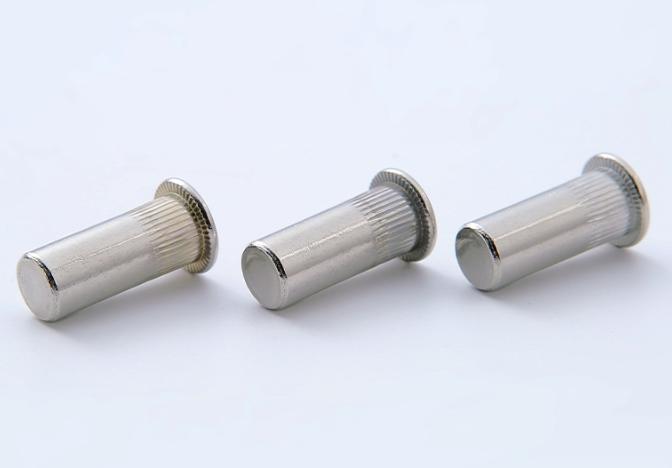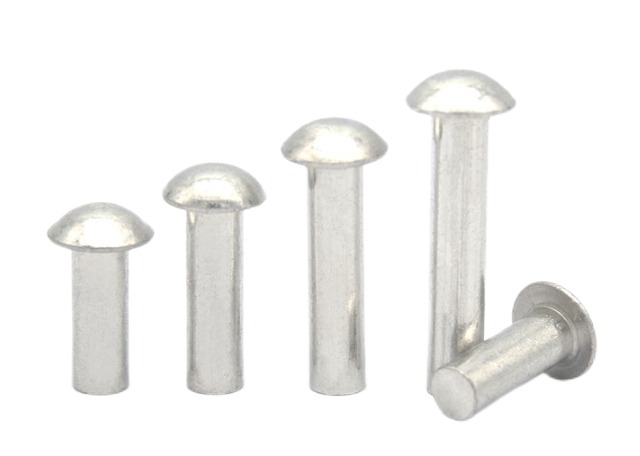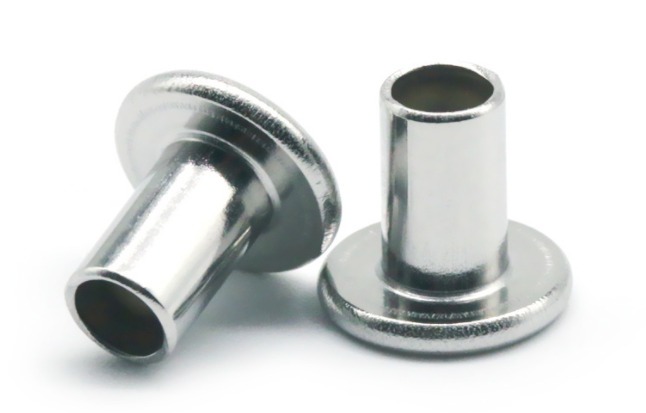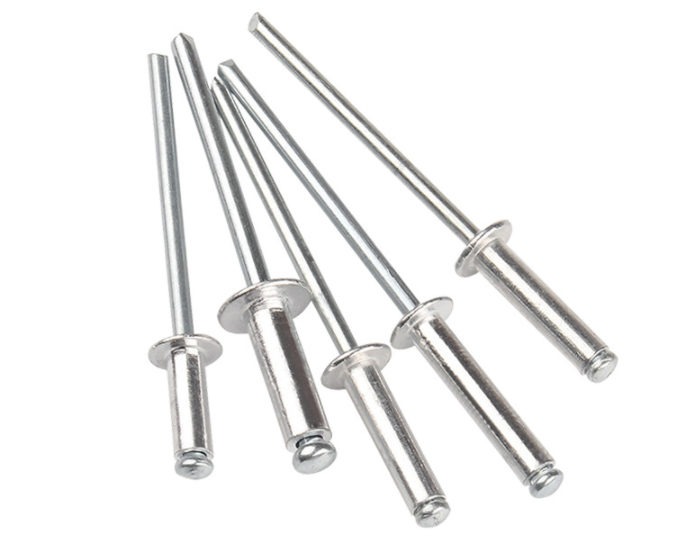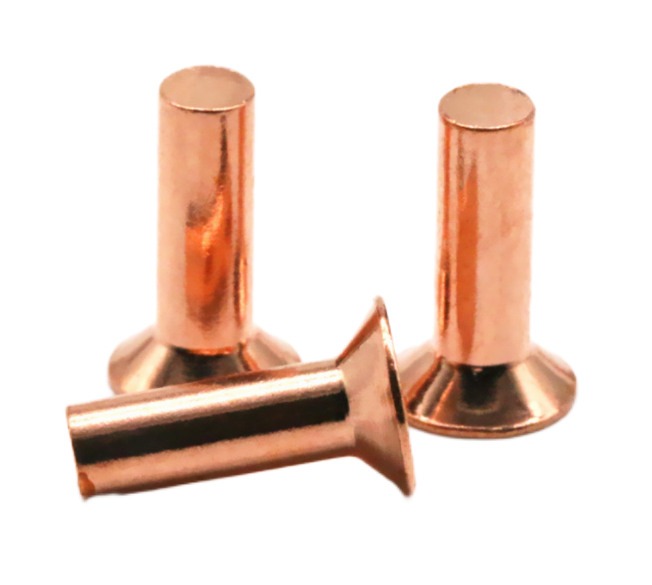2 Key Points Of Rivet Nuts: How To Install And Advantages
Rivet nuts are tubular fasteners with internal threads that are also known as threaded inserts or blind rivet nuts. They are intended to be put into a pre-drilled hole in a workpiece, often made of metal, plastic, or composite materials, in order to establish a dependable and secure threaded connection. They are widely applied in a variety of industries such as automotive, aerospace, electronics, furniture, and general manufacturing. This article will focus on the mechanics of rivet nuts, how to install rivet nuts and the advantages of using rivet nuts to explain how a rivet nut work.

How to Install Rivet Nuts?
A rivet nut installation entails different procedures to establish a solid and dependable threaded connection.

Preparing the Workpiece
- Select the right spot on the workpiece for installing the rivet nut.
- Based on the specifications of the rivet nut, determine the required hole size.
- In the workpiece, drill or use another suitable tool to produce a hole with a precise diameter.
- Make sure the hole is clean and clear of burrs or material that could obstruct the installation procedure.
Insertion of the Rivet Nut
- Align the rivet nut with the pre-drilled hole in the workpiece.
- Insert the rivet nut into the hole, making sure the flange (if present) is flush against the workpiece’s surface.
- Use light pressure to keep the rivet nut in place.
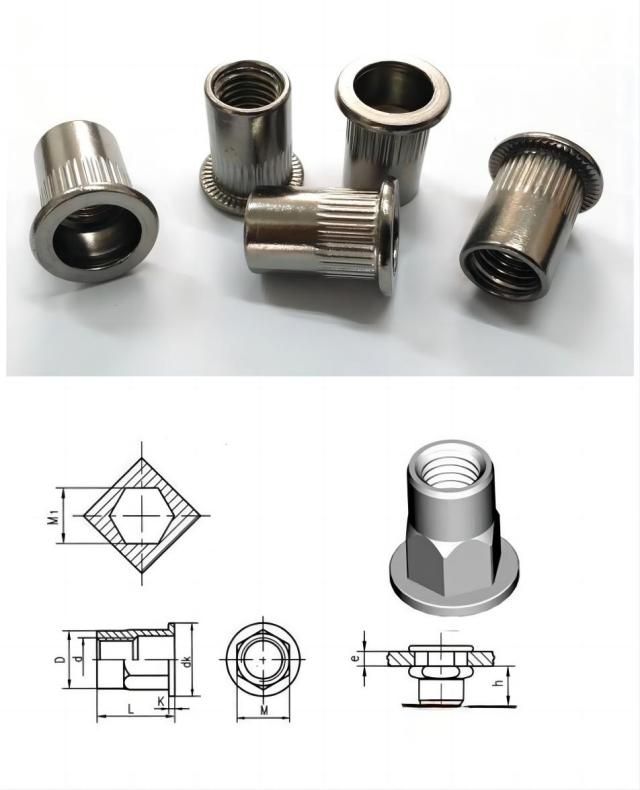
Applying Pressure for Deformation
Depending on the scale and application requirements, the deformation process can be completed with a variety of tools.
Manual Tools: Manual hand rivet nut setters are typically utilized for small-scale applications. These tools are often made up of a threaded shaft and two handles. The threaded shaft advances and applies pressure to deform the rivet nut by twisting the grips.
Pneumatic Tools: Pneumatic tools can be used in large-scale installations. Compressed air is used to power a piston, which applies force on the rivet nut, forcing it to deform.
Hydraulic Tools: Hydraulic systems are utilized for heavy-duty applications. Hydraulic rivet nut tools flex the rivet nut with hydraulic pressure, ensuring a strong and consistent attachment.
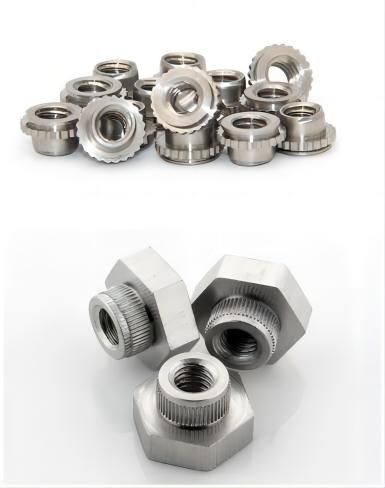
Deformation and Expansion of the Rivet Nut
- The rivet nut collapses or deforms as pressure is applied.
- The rivet nut’s outer surface expands, forming a solid grasp on the workpiece.
- During installation, the flange (if present) or knurled surface prevents the nut from rotating or twisting.
Securing the Threads
- The threaded interior of the rivet nut produces a reliable and load-bearing connection once it has been appropriately bent.
- External forces or vibrations are resisted due to the tight grip provided by the rivet nut’s enlarged body.
- The threaded interior permits bolts, screws, or other fasteners to be attached to form assembly points or secure fastenings.
Following these steps assures proper rivet nut installation, resulting in a sturdy and secure threaded connection that can bear a variety of stresses and provide long-term durability.
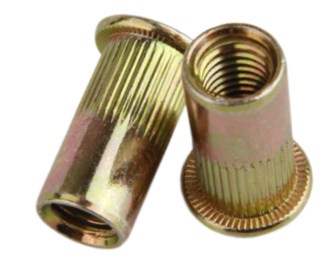
What are the Advantages of Using Rivet Nuts?
Load-Bearing Connections
Rivet nuts can withstand high torque and pull-out forces, making them appropriate for applications requiring strong, load-bearing connections. They serve as a dependable anchoring point for fasteners and enable the secure installation of components.
Versatile Fastening Solution
Rivet nuts are suitable for usage in a variety of materials, including thin sheets, polymers, and composites. Their ability to generate internal threads in these materials broadens the options for fastening and joining, providing design and assembly flexibility.
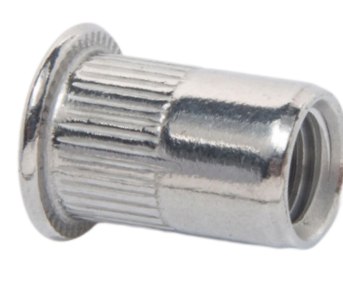
Blind Installation
One of the primary benefits of rivet nuts is that they may be put from one side of the workpiece, even when access to the backside is limited or impossible. As a result, they are suited for applications where the workpiece is enclosed or disassembly is not required.
Time and Cost Efficiency
Rivet nut installation is often faster than traditional methods such as welding or tapping. This efficiency leads to lower labor costs, more productivity, and faster assembly line speeds.
Summary
Rivet nuts are a fantastic attaching technique for establishing strong threads in thin materials. Because of their distinct design and installation method, they are adaptable, efficient, and cost-effective. Engineers and manufacturers may leverage the benefits of rivet nuts by understanding their mechanics and confidently employing them in a number of applications ranging from automotive and aerospace to electronics and furnishings.

